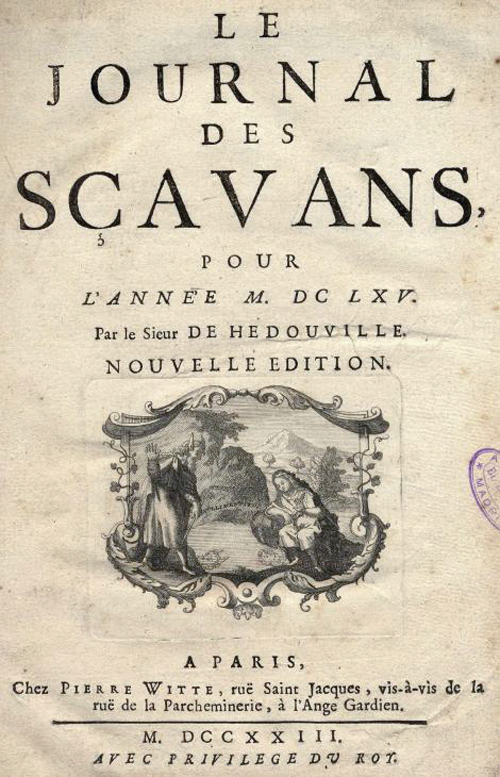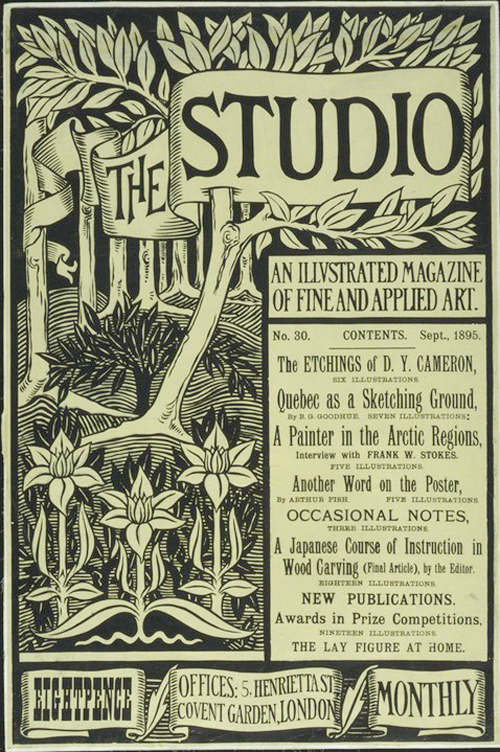
The past in the present
Art history magazines have long been an integral part of the art process. Moreover, they shape public opinion, set cultural trends, bring clarity to vague contemporary art, which the current speed of time does not give any chance to comprehend. Meanwhile, the art magazine has its own history of origins, or rather, a lot of stories, which led to the fact that art publications today have occupied a particularly stable niche in the modern media world. What made them so special and where the need arose from – that’s what we’ll try to figure out.
To do this, we will have to go back several centuries, to the second half of the 17th century, when the Enlightenment era was just emerging and European printing was gaining momentum. The development of sciences promoted the need to popularize and regularly highlight the achievements of scientists, as well as to write about various social events. Thus, through the efforts of Denis de Salleau, Councillor of the Paris Parliament, in 1665 the first journal in the history of mankind – the Journal des savants – appeared in France. Sallo enterprise, which we see today so simple and familiar, was a real discovery for the XVII century. The scientific community was surprised that such a simple and at the same time fruitful idea, which has accelerated the progress of science, no one has yet implemented. Read more information on this site https://argoprep.com/blog/a-complete-guide-to-past-tenses/
Denis de Salleau attracted a lot of worthy people of the era, his fellow scientists, such as Guy Patin, Abbot Burzeis, Homberville, Chaplain – thanks to which such a difficult project received such a high level of performance, offering quality materials. Moreover, de Sallo invited readers to send their comments, thus implementing the principle of feedback. In the same magazine, the first illustrations appeared: maps, schemes, engravings, drawings. One of the first and most curious illustrations was a drawing of lice, 50 cm in size. Here we also see examples of successful marketing: in order to expand the readership, the Abbé de la Roc (next editor) successfully added to the magazine’s description – “A brief collection of all the amazing things that happen in nature, and all the most curious discoveries in science and art. France has become the cradle of magazine business and has served as an example for all other countries in Europe.

It is worth mentioning Pictorial Review (1835-1844, Moscow) – the first Russian scientifically popular illustrated encyclopedic journal with the aim to “disseminate useful information between all ranks of readers”. This magazine cannot be referred to as an art publication because of its broad thematic focus, but it included sections of science, art and knowledge and fine arts and was the first publication focused on the popularization of art. At the same time, Art Newspaper appeared in St. Petersburg, which published materials covering the cultural life of the capital, also placed essays on Russian and foreign artists, articles on the history of art of different countries. The Vestnik of Fine Arts, published by the St. Petersburg Academy of Arts, promoted realistic art, published articles on Russian and foreign painting of modern and past epochs, and paid great attention to illustrations, phototypes, and politicization.
At the turn of the 19th and 20th centuries, La Belle Époque of European history produced both beauty and great demand for it, and the consumer. It is therefore no surprise that between 1890 and 1914, many art magazines appeared. And in addition to journals originally focused on the Bohemian, high society and intellectuals, in connection with the democratic movements of that period, there are a number of publications aimed at disseminating artistic knowledge among the people.
One of the most significant journals of that period was the World of Art, published in St. Petersburg from 1898 to 1904. The World of Art published in St. Petersburg from 1898 to 1904. Diaghilev for the purpose of propaganda of creativity of Russian symbolists, the World of art became the mouthpiece of new trends in art and in many respects defined development of Russian culture at the turn of centuries. Publishers of the World of Art – participants of the circle of symbolist writers of the same name – provided readers with wide opportunities to get acquainted with the world art life of those years, offering articles and notes by A.N. Benoit, I.E. Grabar, V.V. Kandinsky, excerpts from works by prominent Western art theorists, reviews of foreign editions, reproduction of exhibition expositions, reproductions of contemporary Russian and Western European painting and graphics. As one of the ideologists of this magazine Dmitry Philosophers wrote, for the World of Art the priority was “care about the “dense stuffing” of the magazine, the abundance of thoughts and words in it”.
